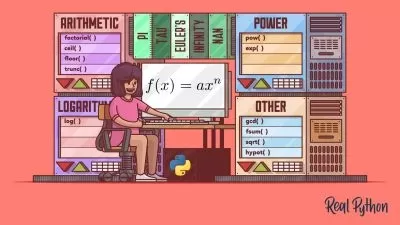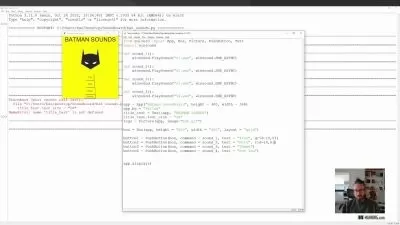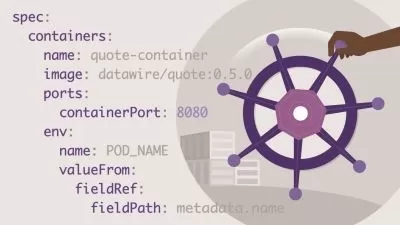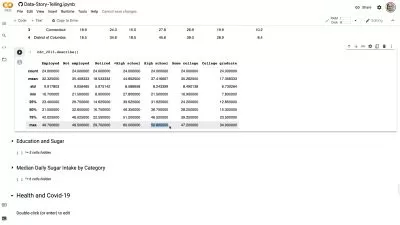Python for Software Engineering Bootcamp
Maximilian Schallwig
40:36:26
Description
Go from zero to software engineer
What You'll Learn?
- How to write proper and clean Python code
- How to develop APIs in Python
- Skills required to work as a software engineer
- How to properly test your code
- How to write scalable applications
- How to interact with databases in code
- How to add caching to your code
- How to use GitHub to automatically test and deploy code
- How to use Docker to build containerised applications
Who is this for?
More details
DescriptionSoftware Engineers are one of the most in-demand positions in the modern world, and this demand will only increase as people and organizations continue to adopt technology and integrate it into their business processess.
In addition, Software Engineering provides lucrative and flexible job positions, with especially many remote work opportunities in the post-COVID error.
However, because of this, Software Engineering positions can be extremely competitive to get, and often contain several rounds of intense interviews.
In this course you're going to go from no prior programming experience to having the technical skillset to work as a Software Engineer in tech. You're going to learn how to build, test, and APIs and web services, which form the foundation of most software engineer work, and you'll be learning all of this in Python, one of the worlds most popular and widely used programming languages.
However, what really sets this course apart is not just the content you'll learn, but also the depth you'll learn it in. You'll learn how to write properly structured, well tested, and production ready code that's not just suited for a hobby project, but will be at level that is expected in the professional world.
By the end of this course you'll feel comfortable with developing applications, have a portfolio item, and be ready to apply to Software Engineer positions and take on those technical interviews.
Who this course is for:
- Complete beginners who want to learn how to program and become a Software Engineer
- No prior programming experience needed, you'll learning everything you'll need to know in the course
Software Engineers are one of the most in-demand positions in the modern world, and this demand will only increase as people and organizations continue to adopt technology and integrate it into their business processess.
In addition, Software Engineering provides lucrative and flexible job positions, with especially many remote work opportunities in the post-COVID error.
However, because of this, Software Engineering positions can be extremely competitive to get, and often contain several rounds of intense interviews.
In this course you're going to go from no prior programming experience to having the technical skillset to work as a Software Engineer in tech. You're going to learn how to build, test, and APIs and web services, which form the foundation of most software engineer work, and you'll be learning all of this in Python, one of the worlds most popular and widely used programming languages.
However, what really sets this course apart is not just the content you'll learn, but also the depth you'll learn it in. You'll learn how to write properly structured, well tested, and production ready code that's not just suited for a hobby project, but will be at level that is expected in the professional world.
By the end of this course you'll feel comfortable with developing applications, have a portfolio item, and be ready to apply to Software Engineer positions and take on those technical interviews.
Who this course is for:
- Complete beginners who want to learn how to program and become a Software Engineer
- No prior programming experience needed, you'll learning everything you'll need to know in the course
User Reviews
Rating
Maximilian Schallwig
Instructor's Courses
Udemy
View courses Udemy- language english
- Training sessions 184
- duration 40:36:26
- Release Date 2023/04/11









![Master Regression & Prediction with Pandas and Python [2024]](https://traininghub.ir/image/course_pic/38374-x225.webp)





